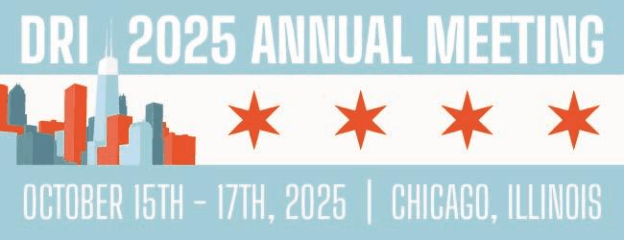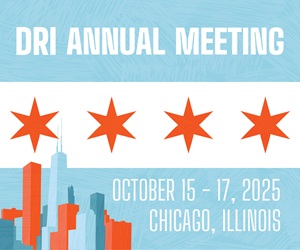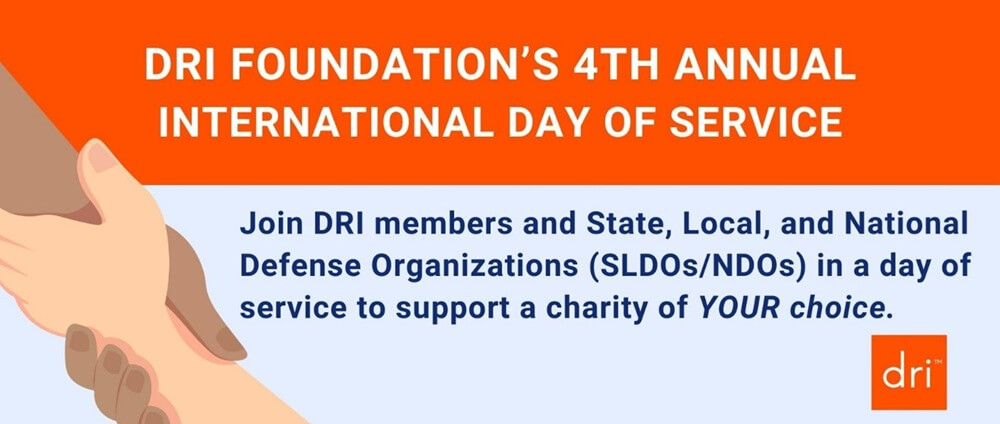The Evolution of Legal Practice
When I began practicing law, the profession was largely analog. Research meant digging through books in dusty law libraries. Briefs were typed on typewriters, and communication happened via landline phones and in-person meetings. Advertising for legal
services was prohibited, and the practice of law was, in many respects, local and personal.
Then came the digital revolution. Legal research transitioned from books to databases. Westlaw and LexisNexis became indispensable. Lawyers could access thousands of cases with a few keystrokes. Citation checkers, automated drafting tools, and online
filing systems further enhanced productivity.
Globalization followed. It became common for attorneys to work across state lines and even internationally. Law firms merged, expanded, and diversified. Technology allows clients to expect faster, cheaper, and more comprehensive services. With each change,
the practice of law became more sophisticated—but also more standardized.
The Emergence of AI
AI is not just another tool—it’s an inflection point. Whereas prior technologies improved the efficiency of existing processes, AI promises to fundamentally reshape those processes. Legal-specific AI platforms now offer the ability to:
- Draft contracts and pleadings;
- Analyze large document sets for litigation discovery;
- Predict case outcomes based on precedent and data trends; and
- Provide basic legal advice through natural language chat interfaces.
These capabilities are no longer science fiction—they are real and improving rapidly. Law firms, courts, and even legal aid organizations are integrating AI into their workflows.
On the surface, this seems like a leap forward. Clients can receive faster service. Routine tasks can be automated. Errors can be minimized. But beneath this efficiency lies a deeper transformation—one that raises serious questions about the future
of legal reasoning, human judgment, and professional identity.
The Risk of “Oneness”
One concern I have about the rise of AI in law is what I call “oneness.” By this, I mean a trend toward homogenization—the risk that legal thinking, writing, and advocacy will become uniform.
AI systems operate based on pattern recognition. Trained on vast troves of legal data, they identify which arguments have succeeded in the past, which phrases recur in winning briefs, which clauses are safest in contracts. As more lawyers adopt AI tools,
their outputs will naturally converge toward these optimal patterns.
Initially, this may seem beneficial. Briefs will become clearer. Contract language will be more precise. Legal outcomes may become more predictable. But in the process, diversity of legal thought may be lost. Briefs on the same topic may begin to look
alike. Strategies may become formulaic. Creativity and innovation may be discouraged in favor of data-driven conformity.
At its extreme, AI’s predictive power could render the adversarial process unnecessary. If both parties in a dispute can use AI to predict a likely outcome with high confidence, they may settle without litigation. Courts could see declining caseloads.
The legal system could begin to operate like a giant algorithmic sorting mechanism.
This is the “oneness” I fear—a legal world where uniqueness is squeezed out, and similar legal issues are met with the same answer.
Fewer Lawyers, Fewer Judges?
If AI becomes capable of reliably resolving legal questions and predicting judicial behavior, the demand for traditional legal roles could decline dramatically. Fewer disputes would require courtroom resolution. Automated tools could manage vast numbers
of routine matters—from small claims to compliance issues—without human intervention.
Judges, too, might find themselves increasingly reliant on AI-generated recommendations. In some jurisdictions, algorithms are already used to suggest sentencing ranges or bail decisions. The role of the human judge could shift from decision-maker to
overseer—reviewing machine outputs for accuracy rather than exercising independent judgment.
The implications for legal education and professional training are profound. What does it mean to be a lawyer when much of the law is pre-written, pre-analyzed, and pre-decided by machines? What skills will matter most: advocacy, ethics, or data fluency?
What Do We Lose?
The practice of law is not just about logic—it is about humanity. Lawyers are not mere processors of rules; they are advocates, counselors, and storytellers. Judges do not only apply precedent; they weigh context, motive, and fairness. The law is
more than a system of rules—it is a human institution grounded in values, empathy, and judgment.
AI systems, however powerful, do not understand fairness. They do not comprehend suffering. They do not listen, comfort, or inspire. They operate within the boundaries of their training data, which can include all the historical biases we have yet to
fully confront—biases related to race, gender, class, and geography. If these biases are encoded into AI systems, they can be perpetuated or even amplified.
Moreover, algorithmic decision-making tends to lack transparency. An AI might offer a recommendation, but the rationale behind it may be hidden behind layers of complexity. Challenging such decisions could become harder, not easier.
In this context, we must ask: what do we give up when we outsource core legal functions to machines? And how do we ensure that AI serves justice, rather than simply replicating the status quo?
The Lawyer’s Role in an AI-Driven Future
Despite the challenges, I do not believe AI will replace lawyers entirely. Rather, it will transform what it means to be a lawyer. The best attorneys will be those who learn to work alongside AI—leveraging its strengths while guarding against its
weaknesses.
In this future, lawyers may serve as:
- Ethical guardians, ensuring that AI tools do not perpetuate injustice;
- Translators, interpreting complex AI analyses for clients and courts;
- Advocates, speaking to values and human experience in ways AI cannot; and
- Innovators, finding creative strategies where AI sees only templates.
There will also be an urgent need for regulation. We must develop clear standards for the use of AI in legal settings, including transparency requirements, auditability, and accountability frameworks. Legal institutions must adapt—ethically and
structurally—to a world where machines play a central role.
Conclusion
AI is not the first technology to reshape the legal profession, but it may be the most transformative. We stand at a crossroads where the efficiency and precision of machines could enhance justice—or erode its human foundations.
The path we take will depend on the choices we make now. Will we embrace AI uncritically, or will we shape it thoughtfully, with care for the values that define our profession? Will we preserve room for discretion, empathy, and advocacy, or will we surrender
to a mechanical sameness?
After four decades in this profession, I believe that law still matters—that the role of the lawyer is not obsolete, but essential. But we must act with wisdom and foresight. If we are to preserve justice, we must ensure that AI remains our tool,
not our replacement.
The future is arriving fast. Let us meet it with both caution and courage.
 Robert D. Meyers is a practicing attorney with nearly 40 years of experience in civil litigation and public service. He is a proud member of DRI. He served as Chair of the Civil Right and Governmental Tort Liability Committee and is a member of the Employment and Labor Law Committee. The views expressed in this article are his own.
Robert D. Meyers is a practicing attorney with nearly 40 years of experience in civil litigation and public service. He is a proud member of DRI. He served as Chair of the Civil Right and Governmental Tort Liability Committee and is a member of the Employment and Labor Law Committee. The views expressed in this article are his own.






 The Center/MDL brief was authored by DRI member Jacob Hollars of Spencer Fane LLP in Denver. This is the first brief produced under the auspices of the new
The Center/MDL brief was authored by DRI member Jacob Hollars of Spencer Fane LLP in Denver. This is the first brief produced under the auspices of the new 


 Robert D. Meyers is a practicing attorney with nearly 40 years of experience in civil litigation and public service. He is a proud member of DRI. He served as Chair of the Civil Right and Governmental Tort Liability Committee and is a member of the Employment and Labor Law Committee. The views expressed in this article are his own.
Robert D. Meyers is a practicing attorney with nearly 40 years of experience in civil litigation and public service. He is a proud member of DRI. He served as Chair of the Civil Right and Governmental Tort Liability Committee and is a member of the Employment and Labor Law Committee. The views expressed in this article are his own. Grace Marie Kulkoski of Wisconsin Mutual Insurance Company is an At-Large Member of the DRI Foundation Board of Directors.
Grace Marie Kulkoski of Wisconsin Mutual Insurance Company is an At-Large Member of the DRI Foundation Board of Directors.






